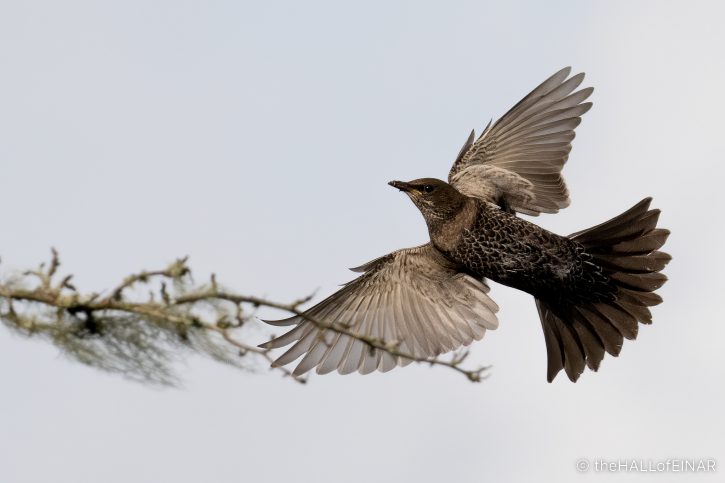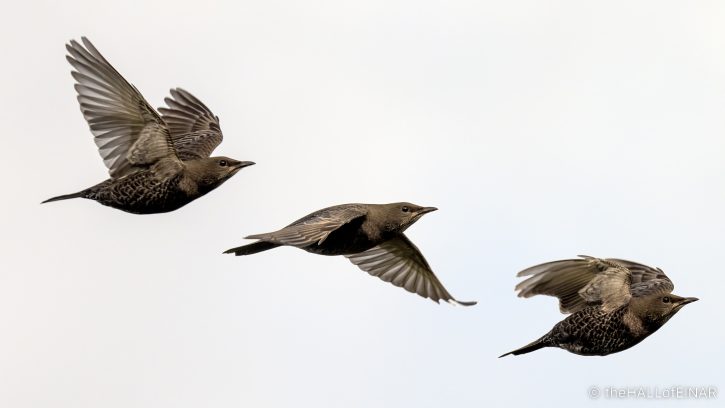Ring Ouzels
It’s not very often that you can experience wilderness in England. Contrary to popular belief, we’re not lovers of wildlife and nature here, we’re lovers of pets and gardens. Almost every last trace of natural wilderness has been destroyed by centuries of exploitation. There are still occasions, though, when a different life makes itself known, when a place or a species brings us back to something primeval.
Ring Ouzels on Dartmoor are one of those occasions.

Aren’t they fabulous? There’s a touch of the wilderness about their fiercely cautious visit, camping in this Ring Ouzel picnic area as part of their upland to lowland migration.
Here’s a composite image of a Ring Ouzel flypast:

And an individual flying fast and free overhead, showing the whitish ring around its neck which gives them their English name. This is so sharp you can see its rictal bristles. A fabulous experience.

This autumn on Dartmoor must be strange for them, as there seem to be precious few deep red Hawthorn berry-like pomes here. The bushes are bare, apart from the traces of temperate rainforest festooning their branches; the lichen epiphytes clinging to lanky supports in the breeze.

Here’s another flypast composite:

One flies overhead, against the light, and I can see the incredible refinement of millions of years of feather evolution in spectacular translucence.
There’s no substitute for experiencing nature in all its wild glory. We must treasure what’s left and cultivate a need for it in our hearts.
